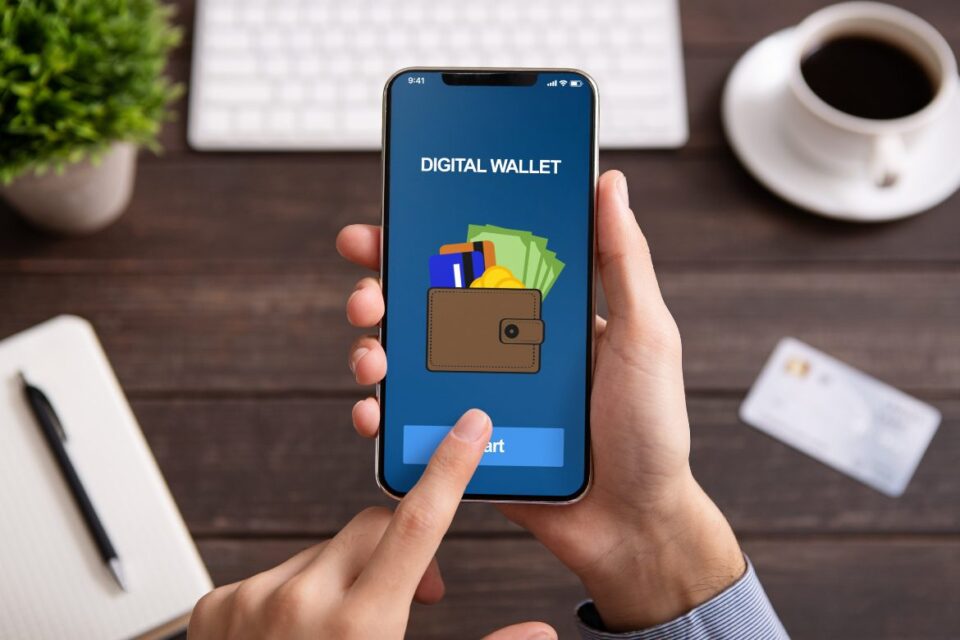Digital wallets have rapidly transformed how people interact with money in the modern economy. As smartphones become nearly universal and contactless payments gain traction, the use of digital wallets—from Apple Pay and Google Wallet to GrabPay and GoPay—has seen exponential growth worldwide. Yet, this convenience brings along pressing questions about privacy, data security, and user trust.
Read Also: Dukungan Finansial Budaya untuk Inovasi Produk Lokal
The Rise of Digital Wallet Adoption
Digital wallets have become essential tools in daily financial life. They simplify transactions, store payment credentials, and integrate loyalty programs—all in one app. The COVID-19 pandemic accelerated their adoption, with users and businesses shifting toward contactless payments for hygiene and convenience.
In emerging markets like Southeast Asia, digital wallets are not just a convenience—they’re a revolution. Millions of unbanked or underbanked individuals now access digital payments through mobile apps. Local innovations such as OVO, Dana, and GoPay in Indonesia have bridged financial inclusion gaps, enabling small merchants and consumers to transact securely without needing a traditional bank account.
In developed economies, meanwhile, digital wallets serve as a link between traditional banking and modern fintech ecosystems. Apple Pay and PayPal leverage robust banking infrastructure to expand financial ecosystems that blend convenience with safety.
Read Also: Bangkitkan Identitas Lokal: Integrasi Pendidikan Budaya di Sekolah
Benefits Driving the Digital Wallet Boom
Several factors drive global enthusiasm for digital wallets:
- Convenience and Speed: Instant payments replace the need to carry cash or cards.
- Integration with E-commerce: Digital wallets streamline checkout processes on shopping platforms.
- Rewards and Loyalty Programs: Cashback, points, and discounts attract tech-savvy consumers.
- Financial Inclusion: Digital wallets provide access to modern payment systems for populations without bank accounts.
Moreover, digital wallets are expanding beyond payments. They now store digital IDs, transit tickets, and even vaccination certificates, signaling a future where the smartphone becomes a true digital identity hub.
Security Concerns and Cyber Risks
However, with great convenience comes great responsibility—and risk. The rapid expansion of digital wallets has also caught the attention of cybercriminals. Phishing scams, malware attacks, and fraudulent apps have multiplied alongside user growth.
A major concern lies in data protection. Digital wallets store sensitive financial data, often linked to personal identifiers such as phone numbers, email addresses, and even biometric data. A breach in this ecosystem could expose millions to identity theft or financial loss.
Key security risks include:
- Unauthorized access: Weak passwords or unsecured devices may allow hackers entry.
- Malware and fake apps: Fraudulent versions of popular wallets can harvest personal data.
- Public Wi-Fi vulnerabilities: Users transacting on open networks risk data interception.
- Phishing attacks: Cybercriminals mimic legitimate providers to steal login credentials.
To mitigate these risks, providers employ multi-factor authentication (MFA), biometric verification, and encryption technologies. Many digital wallet platforms now rely on tokenization, replacing card data with secure digital tokens to prevent unauthorized use.
Regulatory and Institutional Challenges
Governments and financial regulators worldwide face the challenge of balancing innovation with consumer protection. The fragmented nature of digital payment ecosystems creates complexity—especially when providers operate across borders.
For example, the European Union’s Payment Services Directive 2 (PSD2) mandates strong customer authentication and transparency for digital transactions. Meanwhile, countries like Indonesia and India are enforcing stricter compliance and cybersecurity standards for fintech operators.
Regulators must address not only technical standards but also consumer education. Many users remain unaware of privacy settings, phishing threats, or data-sharing agreements within digital wallets. Creating a secure digital financial environment thus requires collaboration among governments, financial institutions, and technology providers.
Building Trust in the Digital Payment Era
Trust remains the foundation of financial technology. Consumers need assurance that their data and funds are safe. Wallet providers must be transparent about how they store, use, and protect user data.
User education also plays a crucial role. People should learn to:
- Regularly update apps and operating systems.
- Avoid using public Wi-Fi for financial transactions.
- Enable biometric authentication whenever available.
- Monitor transactions for unauthorized activity.
As security technology advances, artificial intelligence and machine learning are increasingly used to detect suspicious patterns, predict fraud, and enhance user authentication in real time. These proactive measures could significantly strengthen the global digital payment landscape.
The Future of Digital Wallets
Looking ahead, digital wallets will continue to evolve beyond simple payment tools. They may soon integrate cryptocurrency management, cross-border remittances, and AI-based budgeting assistants. Tech giants and fintech startups alike are racing to capture this growing ecosystem.
In regions like Asia, interoperability between wallets could redefine financial ecosystems—allowing users to send and receive funds seamlessly across borders. Meanwhile, innovations such as central bank digital currencies (CBDCs) may integrate directly into digital wallets, further blurring the lines between traditional money and digital value systems.
Ultimately, the success of digital wallets will depend on maintaining the delicate balance between innovation, regulation, and consumer trust.



